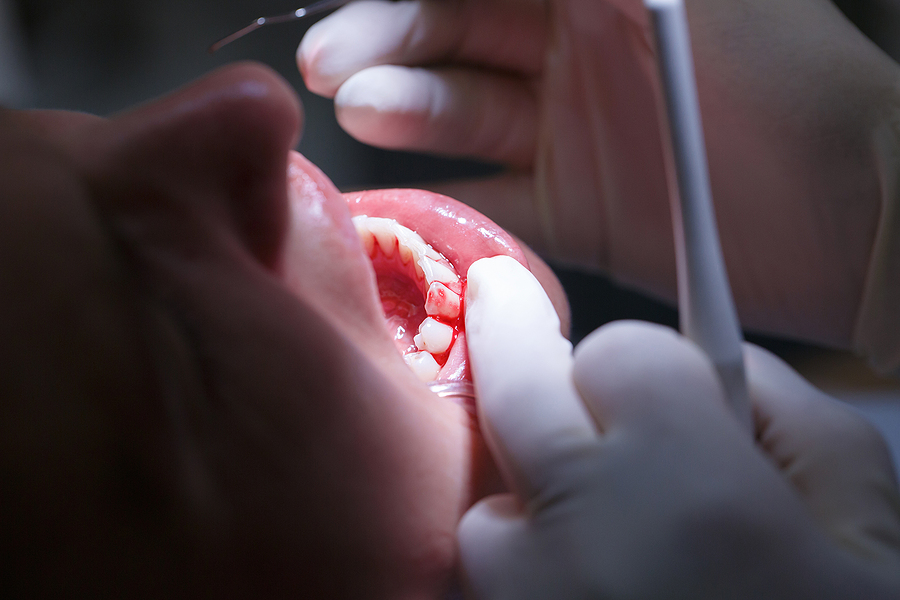Posted by Eldridge Dental on Sep 17 2021, 09:32 AM
Thumb-sucking is a fairly common behavior found in humans, chimpanzees, and other primates. Between 60-80% of children suck their thumb during infancy, helping babies feel secure in the new world around them. Thumb-sucking significantly decreases after 6 months, although it often becomes a habit in young children to soothe themselves, help them fall asleep, or for entertainment if they become bored. Thumb-sucking at a very young age is not harmful, however, the older children become, the more damage thumb-sucking can do to their dental health.
Dental Health Considerations
Children begin losing teeth at age 5 or 6. If a child is still sucking their thumb, serious damage can occur. Thumb-sucking can push teeth out of alignment, creating an overbite. This typically goes away if a child stops sucking their thumb, however if the habit is not broken, a child will need orthodontic care later in life. If the habit is severe enough, it can also change the shape of the jaw, potentially causing a child to need surgery if not corrected. Even after the thumb-sucking stops, children often develop an additional habit of tongue-thrusting, perpetuating the misalignment of the teeth and jaw.
Thumb-sucking can also affect the growth of the palate on the roof of the mouth. This can lead to a lot of other problems including: difficulty swallowing properly, tonsil collapse causing snoring, and skeletal deformities. Thumb-sucking also can cause speech impediments due to the teeth misalignment and palate growth.
How Do I Stop Thumb-sucking?
Lasting damage comes from thumb-sucking after the permanent teeth have come in, so it is crucial to stop this habit before that time (age 5 or 6). Positive reinforcement always works better than negative reinforcement, so make sure to praise the desired behavior more often than punishing the bad behavior. Set up a reward system with your child to reward them for not sucking their thumb. You can try some alternative measures such as placing band aides over the thumb and there are also some experts who have suggested specific brands of nail polish that deter thumb sucking. At bedtime, put socks on the hands to make it impossible for your child to suck their thumb. Make sure your child knows why thumb-sucking is bad to help them have motivation to stop. It may at some point become necessary to obtain an orthodontic “fence” to stop thumb-sucking and tongue-thrusting. You could also purchase a T-guard, an appliance that goes over the thumb and attaches to the wrist that makes it impossible to generate a vacuum while sucking, making it less satisfying. Involve your child in breaking the habit as much as possible by allowing them to choose which methods to try to break the habit.
If your child has had a significant history of thumb sucking through out their lifetime we encourage you to seek out help from your dentist. They can provide you additional resources as well as ascertain the extent of damage already caused by the habit.
Call for your appointment today!
Eldridge Dental
713-983-0099

Transforming Smiles: How Dental Implants Strengthen Jawbone Health and Enhance Facial Aesthetics

Do Dental Implants Feel Like Real Teeth? What You Need to Know

Understanding Root Canal Therapy: A Vital Treatment for Saving Teeth

The Role of Regular Dental Checkups in Preventing Periodontal Disease

Understanding Periodontal Disease: Causes, Symptoms, and Treatment
Monday : 8:00 am - 5:00 pm
Tuesday : 8:00 am - 5:00 pm
Wednesday : Closed
Thursday : 8:00 am - 5:00 pm
Friday : 8:00 am - 5:00 pm
Saturday : 8:00 am - 5:00 pm
Sunday : Closed